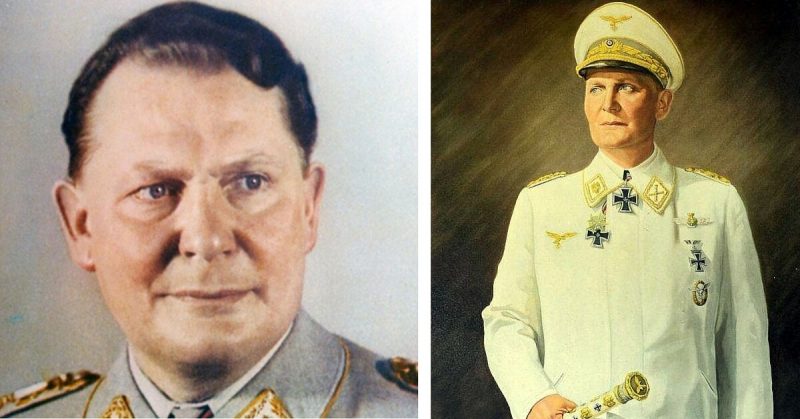Hermann Goering was born on the 12th of January 1893, as a son of a wealthy German diplomat, Heinrich Goering, who pursued an overseas career, serving as the Governor-General of the German protectorate of South-West Africa (modern day Namibia). Later, he was employed as a consul in Haiti.
Heinrich Goering had five children from his first marriage and five more with Franziska Tiefenbrunn, Hermann’s mother. His other siblings were Karl, Olga, Paula, and Albert. As a child, he didn’t spend much time with his parents, as his father was often on duty in exotic, overseas countries. In 1893, when Hermann was born, his mother joined her husband in Haiti, leaving the baby in Bavaria. She stayed in Haiti for three years.
The Goering family was reunited in 1895, but by then their financial status had begun to deteriorate. They were living on Heinrich’s pension and the support of Hermann’s godfather, Dr. Hermann Epenstein, who was a wealthy Jewish physician and businessman. Soon after, he and Franziska had a love affair which was well known to everyone in the family.
After 15 years, in 1912, the relationship fell apart and the Goerings lost Epenstein’s sponsorship. By this time, Hermann was already a cadet of the Berlin Lichterfelde military academy. When the First World War broke out, Goering was stationed at Mulhouse with the 112th Infantry Prince Wilhelm Regiment.
Since WWI was a formative experience for most high-profile Nazi officials and Goering as well, we will start our fact list from this point.
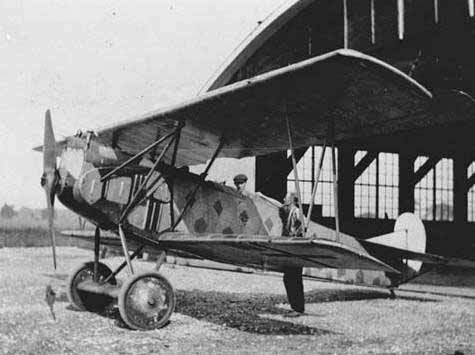
10. He transferred himself to a regiment that suited him better.
During the first year of the Great War, Goering fell ill with rheumatism and was hospitalized. In the hospital, his friend, Bruno Loerzer, who was a German ace pilot, suggested he transfer into the Lufstreitkrafte (German Air Force). His request was denied, but he joined Loerzer anyway, flying observer missions with him. When he was discovered, Goering was sentenced to three weeks confinement in the barracks but managed to avoid punishment.
His relationship with Loerzer enabled him to finish a pilot training course and become an ace himself.
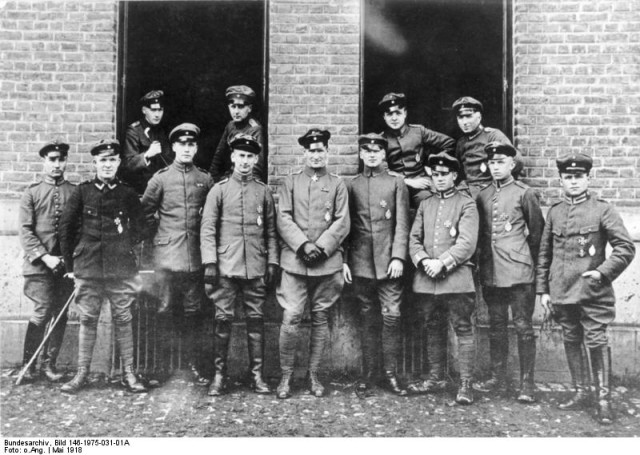
9. Leader of the famous Jastas – Jagdgeschwader 1 fighter unit
After Manfred von Richthofen (The Red Barron) died, his successor was Wilhelm Reinhard who was shot down soon afterward. Goering took his place as the commander of the elite fighter squadron the Jagdgeschwader 1, popularly known as the Jastas, or the Flying Circus. In the last days of the war he was ordered to surrender the aircraft to the Allies; he refused.
Many of his pilots intentionally crash-landed their planes to keep them from falling into enemy hands. He had 17 confirmed dogfight victories and another five could probably be attributed to him.
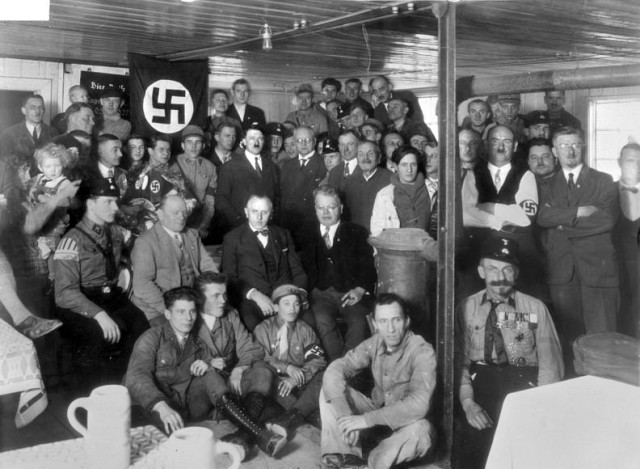
8. Reorganization of the SA Units
Hermann Goering joined the NSDAP in 1923. He was inspired to join the Nazi Party after hearing a speech by Adolf Hitler. He and Hitler became close as Goering’s wife, Carin (who was a Swedish aristocrat) often organized dinner parties in their home for the Nazi leadership. On one occasion, Hitler recalled his early friendship with Goering:
“I liked him. I made him the head of my SA. He is the only one of its heads that ran the SA properly. I gave him a disheveled rabble. In a very short time, he had organized a division of 11,000 men.”
He was given command of the SA paramilitary formation in 1923. He was later appointed an SA–Gruppenfuhrer (Lieutenant General) and held this rank on the SA rolls until 1945.
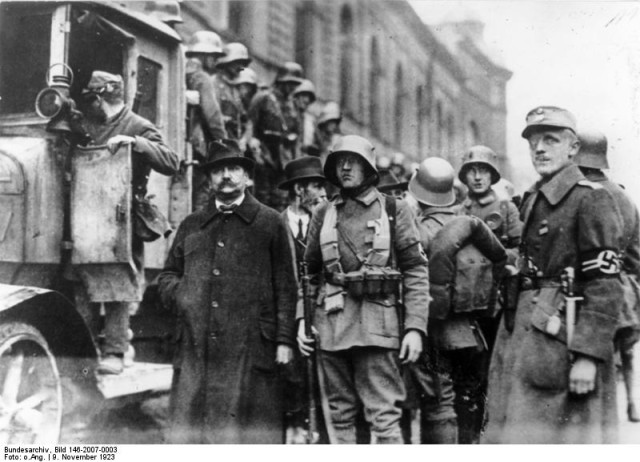
7. Wounded in the Beer Hall Putsch, he became addicted to morphine
Being one of the closest associates to Hitler, Hermann Goering participated in the Beer Hall Putsch – the unsuccessful coup d’état attempt which landed Hitler in prison where he further developed the Nazi ideology. During the Putsch, Goering was wounded in his leg. He soon developed an addiction to morphine which would continue to haunt him for the rest of his life.
On one occasion he was even locked in a sanatorium and forced to wear a straight jacket. The doctors declared him sane and attributed his aggressive behavior which he manifested in various forms of domestic violence, as a result of drug withdrawal symptoms.
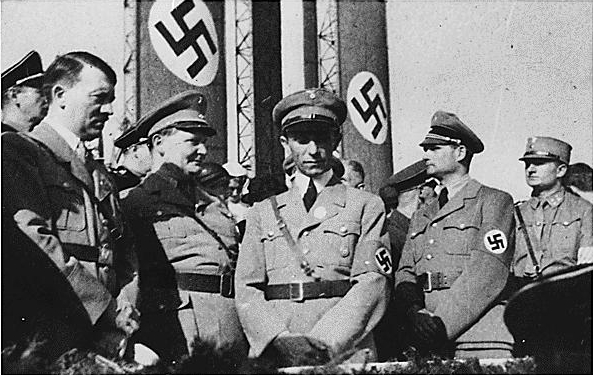
6. The Founder of Gestapo
The SA in 1933 numbered 2 million members under the command of Ernst Rohm. It became a dangerous element in the Hitler administration, allegedly threatening to overthrow Hitler himself. Hermann Goering continued to pursue a more political career, holding several important positions after Hitler became Chancellor. In 1933, Hermann Goering was the Minister of the Interior for Prussia, and Reich Commissioner of Aviation and a minister without portfolio.
That same year he founded the Geheime Staatspolizei, or the Gestapo, and appointed Rudolf Diels as its head figure. Diels proved to be far less ruthless than Goering had expected and Heinrich Himmler of the SS took his place. Together they organized and conducted the great purge of the SA leadership. Rohm was among many to be executed at once. The event is remembered in history as The Night of the Long Knives.
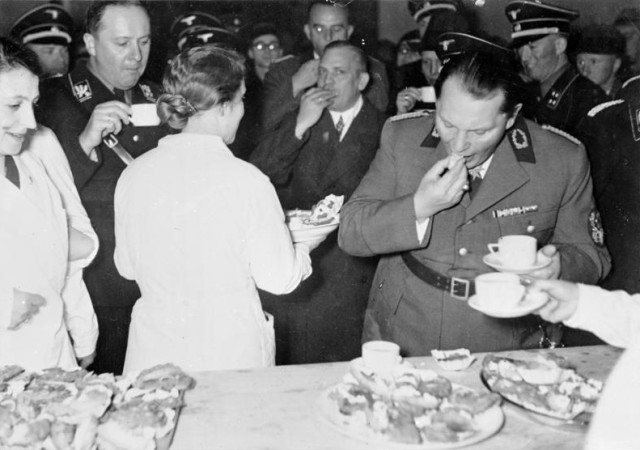
5. Success on all Fronts!
In the beginning of WWII, the Blitzkrieg proved to be unstoppable. An important part of that initial success was attributed to Goering who was the head of the German Luftwaffe. Poland, Belgium, Netherlands, France – all fell within the first two years of the war. Goering was pronounced second in command in the German Reich and a direct successor of Adolf Hitler.
The Battle of Britain also had initial success and Goering hoped to avoid the planned land invasion (Operation Sea Lion) by imposing aerial domination and forcing the British to surrender. He even made a statement in July 1940 saying:
“If as much as a single enemy aircraft flies over German soil, my name is Meier!”
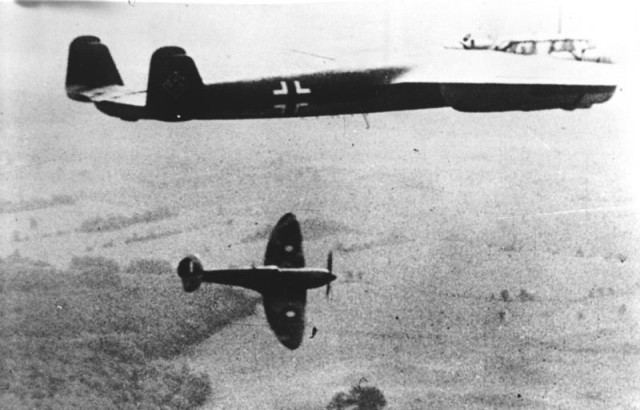
4. Decline on All Fronts!
After Britain successfully defended the Isles and started bombing raids on German territory in 1942, Goering was called “Meier” many times. But that proved to be the least of his worries. The Eastern Front was collapsing and Hitler needed to rely on the Luftwaffe to carry the weight of supplying surrounded troops of the Sixth Army in Stalingrad. Goering promised that the Luftwaffe will deliver 300 tons of supplies per day to the encircled Army.
On the basis of these assurances, Hitler demanded that there be no retreat; they were to fight to the last man. Though some airdrops were able to get through, the number of supplies delivered never exceeded 120 tons per day. Out of the 285,000 personnel of the Sixth Army, only 91,000 survived the battle of Stalingrad by surrendering to the Soviets. Hitler began excluding him from conferences and diminishing his role in the Reich, as new figures, such as Martin Borman, emerged in the Nazi government.
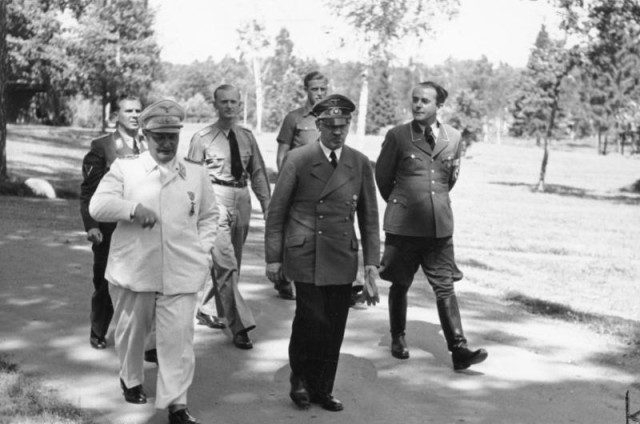
3. Eccentric lifestyle and art collecting
Since his political power within the Reich started to deteriorate, Goering started to enjoy morphine even more, leading an ostentatious and corrupt lifestyle. Even before the war, Goering took kickbacks and bribery from rich industrialists and as the position of Jews in Germany became worse, he would often confiscate their artwork and valuable belongings.
Goering worked closely with the Reichleiter Rosenberg Taskforce, which was an organization tasked with the looting of artwork and cultural material from Jewish collections, libraries, and museums throughout Europe. He also presented himself as the patron of the arts, sponsoring mainly music composers.
Goering was famous for his obesity and a passion for distinctive clothes and uniforms. Various witnesses confirmed that he would go hunting, dressed in a ridiculous medieval hunter’s costume, or wearing a red Roman toga and parade on his many estates.
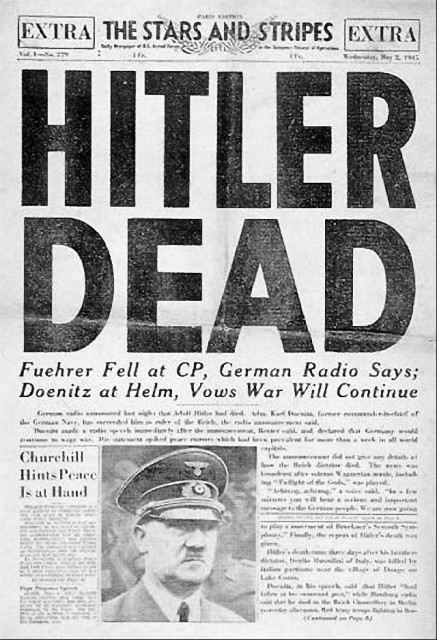
2. Expulsion from the party
On April 22nd, Hitler announced in a lengthy speech to his generals that the war was over and that he planned to stay in Berlin and commit suicide. Goering wasn’t present in Berlin in the time of the announcement, but he was notified soon afterward.
He was the second-in-command by the decree issued in 1941 and since Hitler had clearly given up, it was his responsibility to take the Reich leadership into his own hands. He sent a telegram to Hitler in which he wanted to confirm his duty of taking hold of the Reich, but the telegram was intercepted by Martin Borman, who was Goering’s rival at the time and he presented the idea as an act of treason and that Goering demands for complete control of the Third Reich was against the Fuhrer’s will.
Hitler saw this as an attempt to overthrow him and declared Goering a traitor. That instant he relieved Goering of all privileges and functions. Goering was expelled from the Nazi Party. He retreated to his castle in Mautendorf. Hitler later gave the command of the Third Reich to Grand Admiral Karl Donitz.
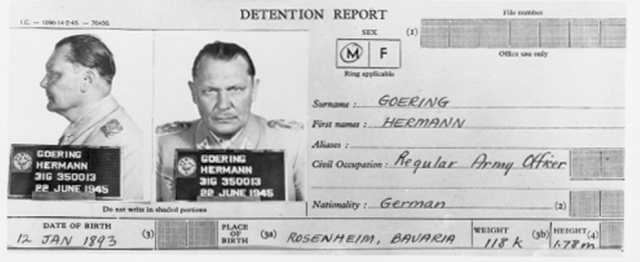
1. Nuremberg Trial, Reichstag Fire Involvement, and suicide
Hermann Goering surrendered to the Allies on May 5th, 1945. He was tried for war crimes and sentenced to death. Goering tried to base his defense against the Holocaust accusation on a lack of knowledge of the events. Several facts were in his favor, especially that his personal assistant was half Jewish.
These minor facts proved that Goering wasn’t a complete anti-Semite, like Goebbels or Himmler, but was rather playing along to keep his reputation. Nevertheless, it was determined that he had command responsibility since he held such an important position within the Reich leadership.
General Franz Halder testified that Goering admitted responsibility for starting the Reichstag fire. He said that, at a luncheon held on Hitler’s birthday in 1942, Göring said, “The only one who really knows about the Reichstag is I, because I set it on fire!” In his own Nuremberg testimony, Goering denied this story. This statement was supported by the fact that Goering was the one who notified Hitler that the fire occurred as he was the first one on the spot.
The night before his execution, he managed to commit suicide by swallowing a cyanide pill.
